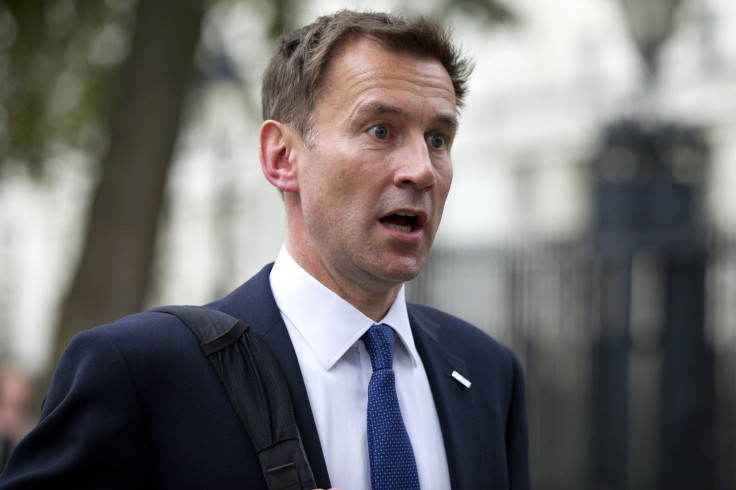NHS A&E crisis: English departments continue to miss 95% four-hour target

The Health Secretary Jeremy Hunt will come under further scrutiny after official figures showed that A&E departments in England missed their waiting time target.
NHS England revealed that departments saw 89.8% of patients within four hours in the week ending 11 January – failing to meet the 95% target.
Dame Barbara Hakin, national director of commissioning operations for NHS England, said the service continues to see and treat the vast majority of patients in England with four hours.
"Although we have seen a slight easing in the number of attendances and emergency admissions to A&E, the NHS continues to face unprecedented pressures on its frontline services – particularly A&E, NHS 111 and ambulance services," she said.
"In light of the latest weather warnings across the country, we would urge people – particularly the elderly – to stay in the warm, ensure they have proper medication, get their flu jab if they have not yet done so, and seek advice from their pharmacist or their GPs for colds, coughs and minor ailments."
The figures also revealed that the NHS continued to experience high levels of attendance this week with 389,400 patients going to A&E – this is up by almost 6,000 on the same week last year.
In addition, the report found that there were also high levels of emergency admissions, with a total of 105,200 - up 3,400 on the same week last year.
The percentage of patients waiting four hours or less from arrival to admission, transfer or discharge improved week-on-week to 89.8%, up from 86.7% in the previous week.
The NHS 111 service continues to reflect the increased demand from the public and is doing an excellent job in terms of protecting both A&E and ambulance services from unnecessary attendances and call outs.
NHS 111 took 255,000 calls for the week ending 11 January, down from 323,000 the previous week and a dramatic reduction on the peak of 439,000 for the week ending 28 December.
The percentage of NHS 111 calls answered in 60 seconds was 94.2%.
In the past year NHS 111 received more than 12 million calls and, as a result, offered treatment to over two million people who would otherwise have visited A&E, and another 600,000 who would have dialled 999 for an ambulance, reducing a significant amount of unnecessary pressure on urgent care services.
© Copyright IBTimes 2025. All rights reserved.






















